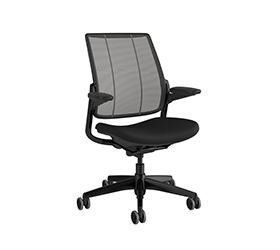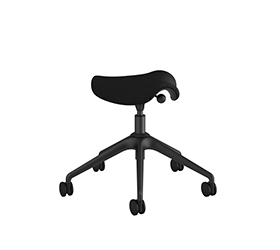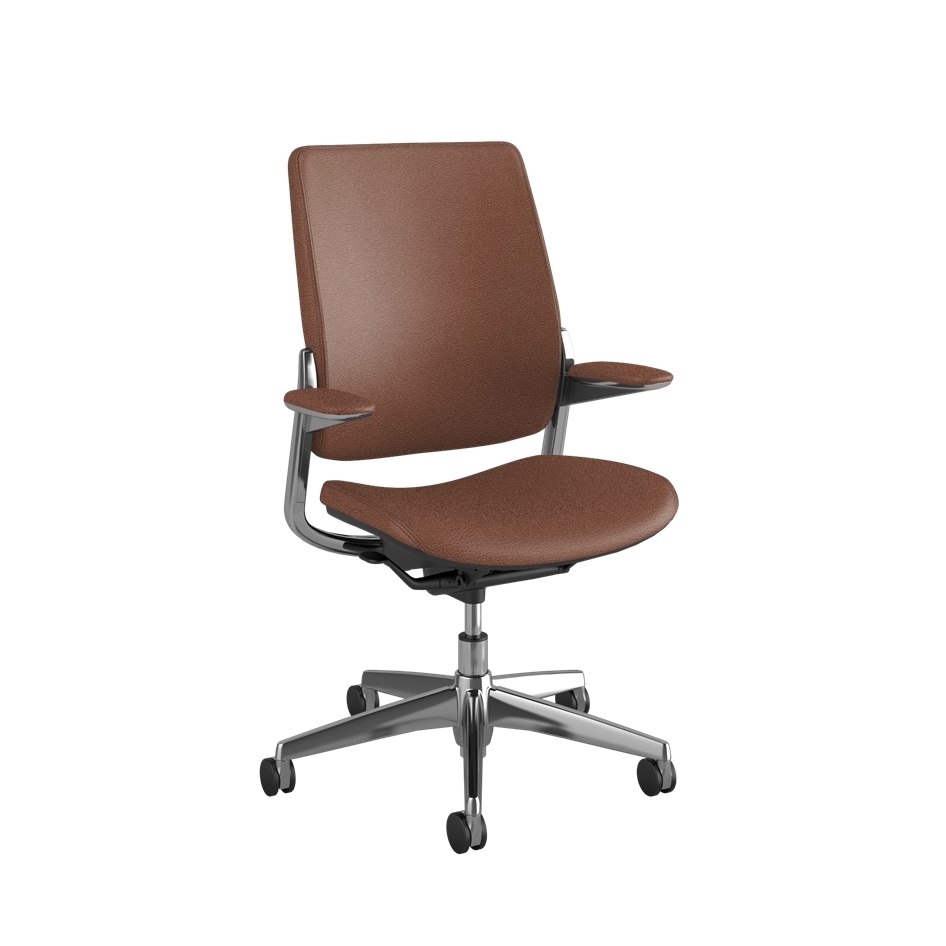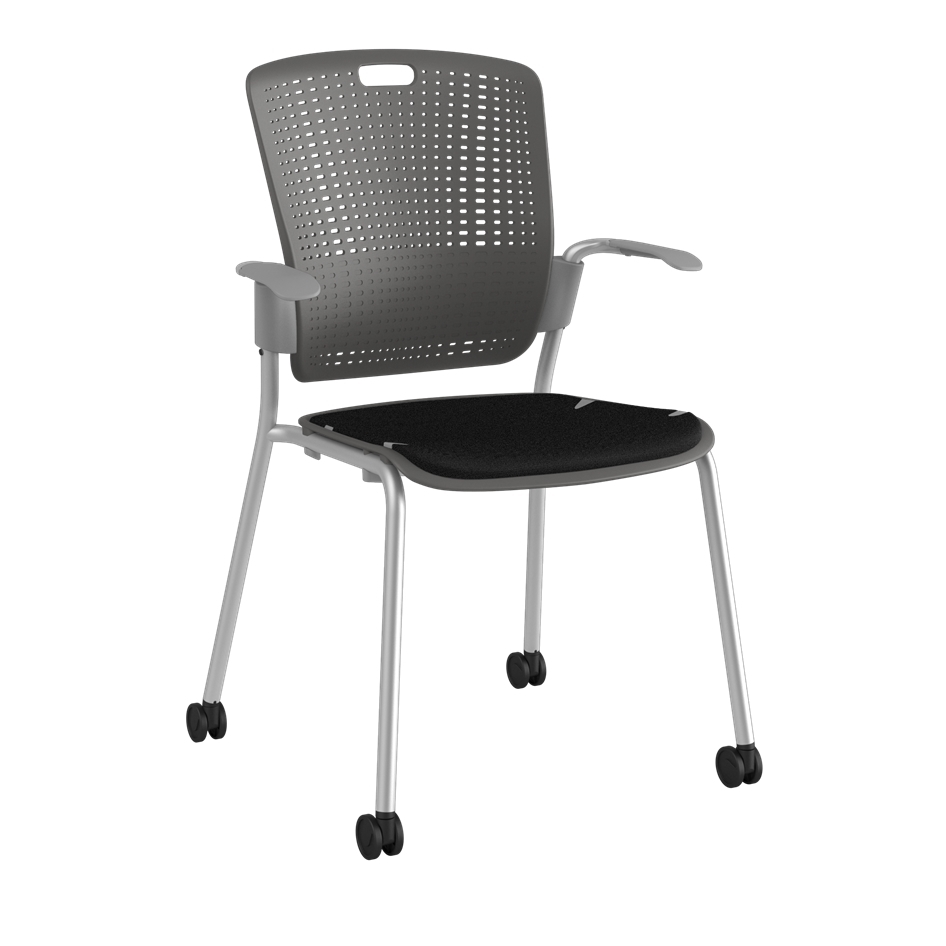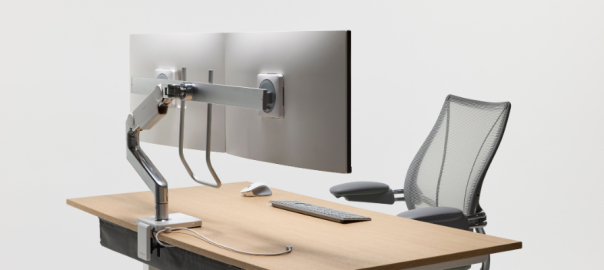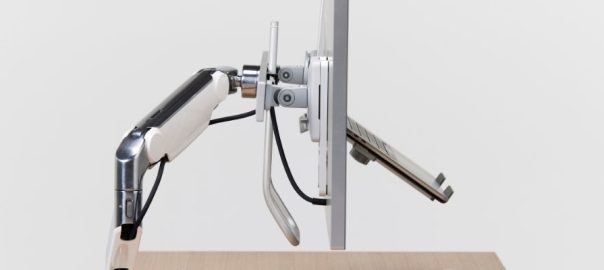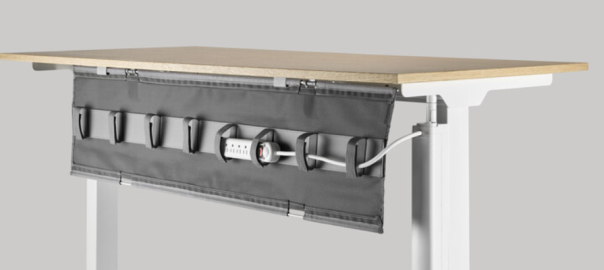You must have read and heard a lot about workplace ergonomics benefits this time around. But are you serious about the topic enough?
For employees, working while sitting is the new norm. An average Indian spends around 9 hours every day seated. However, this static lifestyle poses a variety of health risks (physical and mental), such as heart-related issues, type 2 diabetes, and depression—a medical survey confirms this.
If you and your team sit for most of the working hours, the time is ripe to introduce ergonomic products into your workplaces. For starters, they save organizations money as they reduce wear and tear on the most crucial resource of all—humans. Ergonomics is about people, about finding innovative ways to help you and your staff achieve, be, and do their very best.
Read on to learn the benefits of office ergonomics in corporate environments and home office setups.
Workplace Ergonomics Benefits: For Employees
Ergonomics is a strategic investment in worker productivity, health, and safety—it’s not simply about compliance. Through the use of ergonomic design and procedures, workplace ergonomics benefits employees by enhancing their physical health, comfort, productivity, and overall quality of life. Let’s explore more details
Reduced Risks of Workplace Injuries
Traditional office furniture causes employees pain and, over time, results in work-related musculoskeletal disorders (MSD) and repetitive strain injuries (RSI).
With backs hunched over work desks, necks craned to look at PC monitors, and bodies contorted to type or click, the soft tissues, muscles, and tendons in your wrists, neck, and back feel the pressure. You’re exerting considerable force on your spine if your PC screen is placed too low compared to if it was positioned correctly. As such, you go home feeling lethargic every day and start experiencing conditions like carpal tunnel syndrome (CTS), chronic back pain, or tendonitis. You could land among those 76% of Indian employees who have work-related MSDs.
Fortunately, the primary benefit of workplace ergonomics is that it guarantees better employee health by minimizing the cases of work-related MSDs. Empirical evidence links ergonomic office furniture to reducing MSDs across multiple fields of work. Ergonomics involves elements that adjust to each body type to reduce the risk of injury. These include spinal cushioning, lumbar support, and anti-fatigue designs—all examples of how ergonomics encourage comfort and proper postures in workplaces.
Improved Comfort
Comfort is critical to a productive work setting. The whole point of this workplace ergonomics benefit is to make your jobs easier. Thanks to office ergonomics, you can adjust the desk and chair to a suitable height, supporting the S-curve of the back and enjoying enough leg space.
As such, you can effortlessly access everything you need, you’re not running back and forth to get your printouts, and your back doesn’t hurt as the ergonomic chair with headrest offers the right kind of support. The outcome—you’ll accomplish meaningful work faster than ever.
Better Quality of Work
Why is ergonomics important in the workplace? To optimize working conditions. Yes, that’s right.
When the office is filled with poorly built equipment or workstations, the working quality takes a toll. If the task at hand is physically taxing, you won’t be able to give your 100% at work—as you were trained to do. You’ll more likely give your work a “lick and promise” or rush through it.
Workplace ergonomics benefits employees by removing physical discomfort and distractions out of the equation. That way, you can channel your energy and focus more effectively into your tasks. When you’re not continuously battling discomfort, whether it’s from backache or eye strain, you’ll inevitably kick your work quality up a notch.
Read More: Why Companies Are Embracing Ergonomics in the Workplace?
Greater Mental Clarity
The benefits of office ergonomics go beyond your physical health; it tremendously impacts your mental health as well. When your body is free from pain of any sort, your mood and energy levels soar, your muscles strengthen, and the blood flow increases. The combined effect of these perks translates into better mental insight, driving you to think more critically and creatively.
With this clarity of mind, you can perform your tasks more accurately and diligently, with all your attention dedicated to work. Moreover, you’ll experience reduced levels of stress and anxiety.
Read More: Ergonomic Hazards: Major Workplace Ergonomic Risk Factors and Effects
Workplace Ergonomics Benefits: For Organizations
From enhancing productivity in work to reducing costs, improving workplace ergonomics offers a range of advantages that contribute to the overall success of businesses. Let’s Explore how organizations can benefit from investing in ergonomic practices:
Reduced Costs
How many worker compensation claims do you want to take care of this year? A significant workplace ergonomics benefit is how it reduces direct (and indirect) costs due to workplace injuries like RSIs and MSDs. This might sound quite contradictory, especially when considering the initial upfront cost of new ergonomics solutions.
That said, investing in ergonomics saves you from breaking the bank in the long run. Case in point, most companies reimburse for medical expenses. Deploying ergonomics in workplaces reduces injury risks, eventually lowering the cost of reimbursing medical bills.
Research reveals that work-related hazards cost US$1.25 Tn annually Worldwide—about 4% of the global GDP. We bet those ergonomic office chairs don’t seem so expensive now.
Increased Engagement and Morale
How can your team enjoy work that makes them feel miserable? Pain and poor health completely override perks like wonderful incentives, general job satisfaction, and lucrative pay, especially if the work itself hurts them. A study reveals that Indian organizations incur a staggering ₹14,000 crore on account of absenteeism—unplanned leaves due to mental health issues.
Recognizing office ergonomics benefits reflects that you’re doing your best to ensure your employees’ well-being and safety. Your team will notice your effort. Take away the pain, and it becomes easier for your team to engage with clients/customers—one ingredient in the recipe of super-competence.
Turnover will reduce. Employees will take fewer sick leaves (unless necessary). All thanks to workplace ergonomics benefits.
Enhanced Productivity and Performance
Another critical workplace ergonomics benefit is improved workforce productivity. Designing a job to allow for proper posture, fewer repetitive motions, less exertion, and better heights and reaches results in more efficient workstations. Employees who spend more time focusing on their tasks than their pain shoot better ideas and have high productivity rates.
Imagine this: Employee A still sticks with traditional office equipment. As such, their wrists, neck, and back hurt because they’re the wrong height for their work desk and continually shift in their chair to get comfortable.
On the other hand, employee B uses an ergonomic sit and stand-up desk, keyboard, and mouse, which are adjustable to their body types. They work pain-free and accomplish all their tasks most days with minimal errors. Understanding and investing in the benefits of office ergonomics make all the difference.
Read More: Benefits of Standing Desks for Improved Health and Productivity
Examples of Ergonomic Solutions
You can enjoy the benefits of ergonomics in the workplace by combining ergonomic furniture, tools, and equipment with maintaining posture and taking regular breaks to prevent injuries and discomfort. Here are some prominent examples of ergonomic solutions:
- Adjustable chairs: These ergonomic chairs let you adjust the seat height, armrest height, and lumbar support to suit your body perfectly.
- Standing desks: Standing desks let you switch between standing and sitting throughout the day, which helps improve circulation, reduce back pain, and boost adrenaline levels.
- Keyboard stands: Keyboard trays are attached under your work desk that let you adjust your keyboard and mouse to a comfortable height and angle, minimizing wrist and arm strain.
- Footrests: Footrests help support proper posture and circulation by taking the pressure off your legs and lower back.
- Proper lighting: Proper lighting in workplaces is crucial for reducing eye strain. Adjustable task lighting lets you control the brightness and direction of light to suit your needs.
- Temperature control: Maintaining an optimal workplace temperature is crucial for general productivity and comfort. It involves regulating temperatures to prevent discomfort so you can complete tasks without getting distracted by extremes of heat or cold.
- Monitor arms: Ergonomic monitor arms let you position PC screens at eye level, reducing neck strain and minimizing the risk of eye fatigue.
- Wrist supports: If you spend a significant amount of time typing, wrist supports or cushions help alleviate pressure on the wrists and reduce the risk of conditions like CTS.
- Document holders: These ergonomic tools help maintain a neutral neck position by keeping reference materials at eye level, eliminating the need for constant head movement.
Workplace ergonomics benefits involve designing offices to fit the employees, not the other way around. Combining these workplace ergonomic solutions contributes to a healthier, more comfortable, and more productive work environment for both employers and employees.
Read More: Are Ergonomic Products Worth the Investment, Despite Being Relatively Expensive?
Stop The Pain, Start The Gain
So, are these workplace ergonomics benefits worth the investment? Absolutely! Incorporating ergonomics in office settings isn’t a feel-good initiative but a strategic decision that pays dividends in both employee well-being and organizational success.
The umpteen benefits of workplace ergonomics, from enhanced productivity and engagement to lower healthcare costs and fewer absences, make it a wise investment for employers looking to create success stories. Employees, in turn, enjoy greater comfort and job satisfaction, contributing to a positive feedback loop that will surely boost their performance.
It boils down to this idea: when you feel good, you work better. When you work better, you feel good. Hence, by realizing the benefits of ergonomics in the workplace, you promote a healthier, happier, and more productive work environment.


